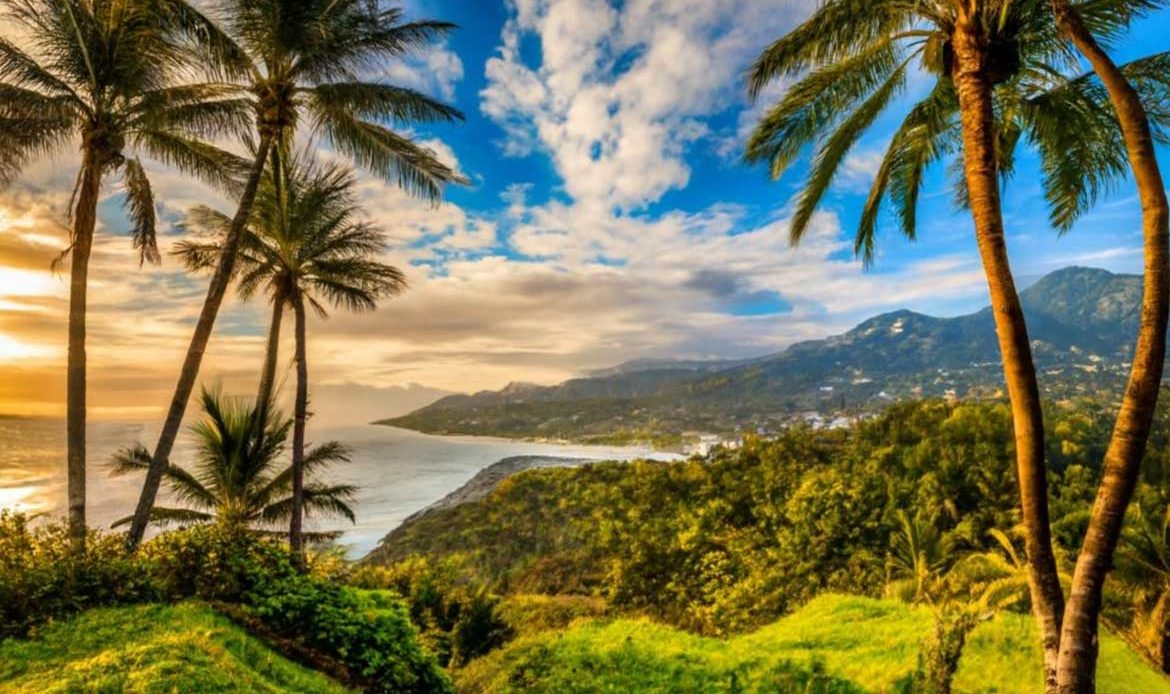You’ve possibly already heard the words “Microclimates of Panama” used in a conversation. Panama is a country known for its diverse climate zones and ecosystems, owing to its unique geographical location as a bridge between North and South America. Despite its relatively small size, Panama boasts a range of climates that vary from tropical rainforests to temperate highlands. Living in Panama gives the resident the chance to choose the perfect climate they might enjoy most. Equally residents can escape and experience a different climate within a couple of hours from their home. Living in Panama offers incredible diversity, and in this article, we will explore the different climates and microclimates of Panama, plus the regions where they can be found.
Tropical Rainforest Climate
- Region: Darien Province, Eastern Panama, and parts of the Bocas del Toro Province.
- Description: Panama’s tropical rainforest climate is characterized by high temperatures throughout the year, with little variation between seasons. Average temperatures hover around 80-90°F (27-32°C). The humidity is also high, often exceeding 80%, making it feel even hotter. Rainfall is abundant, with a distinct wet season from May to November and a drier season from December to April. The annual rainfall can exceed 150 inches (3,800 mm).
Tropical Savanna Climate
- Region: Western Panama, including parts of Chiriquí Province.
- Description: The tropical savanna climate is marked by distinct wet and dry seasons. The average temperature ranges from 75-85°F (24-29°C). The wet season typically spans from May to November, with abundant rainfall, while the dry season lasts from December to April, characterized by less precipitation and drier conditions. This region is known for its lush vegetation and fertile farmland.
Tropical Monsoon Climate
- Region: Panama City and the surrounding Pacific coast.
- Description: The tropical monsoon climate in Panama is characterized by high temperatures and distinct wet and dry seasons. Average temperatures range from 75-90°F (24-32°C). The wet season typically extends from May to November, with heavy rainfall, while the dry season lasts from December to April. The annual rainfall is less than in rainforest regions, but it still reaches around 70 inches (1,800 mm).

Humid Subtropical Climate
- Region: The highlands of Chiriquí Province, including Boquete and Volcán.
- Description: The humid subtropical climate is characterized by milder temperatures compared to the lowlands. Average temperatures range from 65-75°F (18-24°C). There is no distinct dry season, but rainfall is less pronounced compared to the lowland regions. This climate is conducive to the cultivation of coffee and other high-altitude crops.
Subtropical Highland Climate
- Region: The highest elevations of Panama, such as Cerro Punta and Volcán Barú.
- Description: The subtropical highland climate is found at the highest elevations of Panama and is characterized by cool temperatures throughout the year. Average temperatures range from 50-70°F (10-21°C). Frost is possible during the coldest months. Rainfall is relatively evenly distributed throughout the year, making it suitable for agriculture, including potato and vegetable farming.
Desert Climate
- Region: Azuero Peninsula, particularly the eastern part.
- Description: Panama’s desert climate is a rare phenomenon and is primarily found in the eastern part of the Azuero Peninsula. This region experiences hot and arid conditions with average temperatures ranging from 80-90°F (27-32°C). Rainfall is minimal, with the dry season lasting for several months, making it a challenging environment for agriculture.
Marine West Coast Climate
- Region: Bocas del Toro Province, including Bocas Town.
- Description: The marine west coast climate is found in Bocas del Toro Province, characterized by mild temperatures and high rainfall. Average temperatures range from 70-80°F (21-27°C). Rainfall is evenly distributed throughout the year, with a relatively constant humidity level. This region is known for its lush vegetation and beautiful beaches.
Summarizing the Microclimates of Panama
In summary, the diverse climate zones, and with that the microclimates of Panama, are a testament to its rich geographical diversity and can play a roll when choosing a place to live or travel. Whether you’re seeking tropical rainforests, highland escapes, or coastal paradises, Panama has something to offer every climate enthusiast. These climate variations also contribute to the country’s vibrant biodiversity, making it a must-visit destination for nature lovers and adventurers alike.



